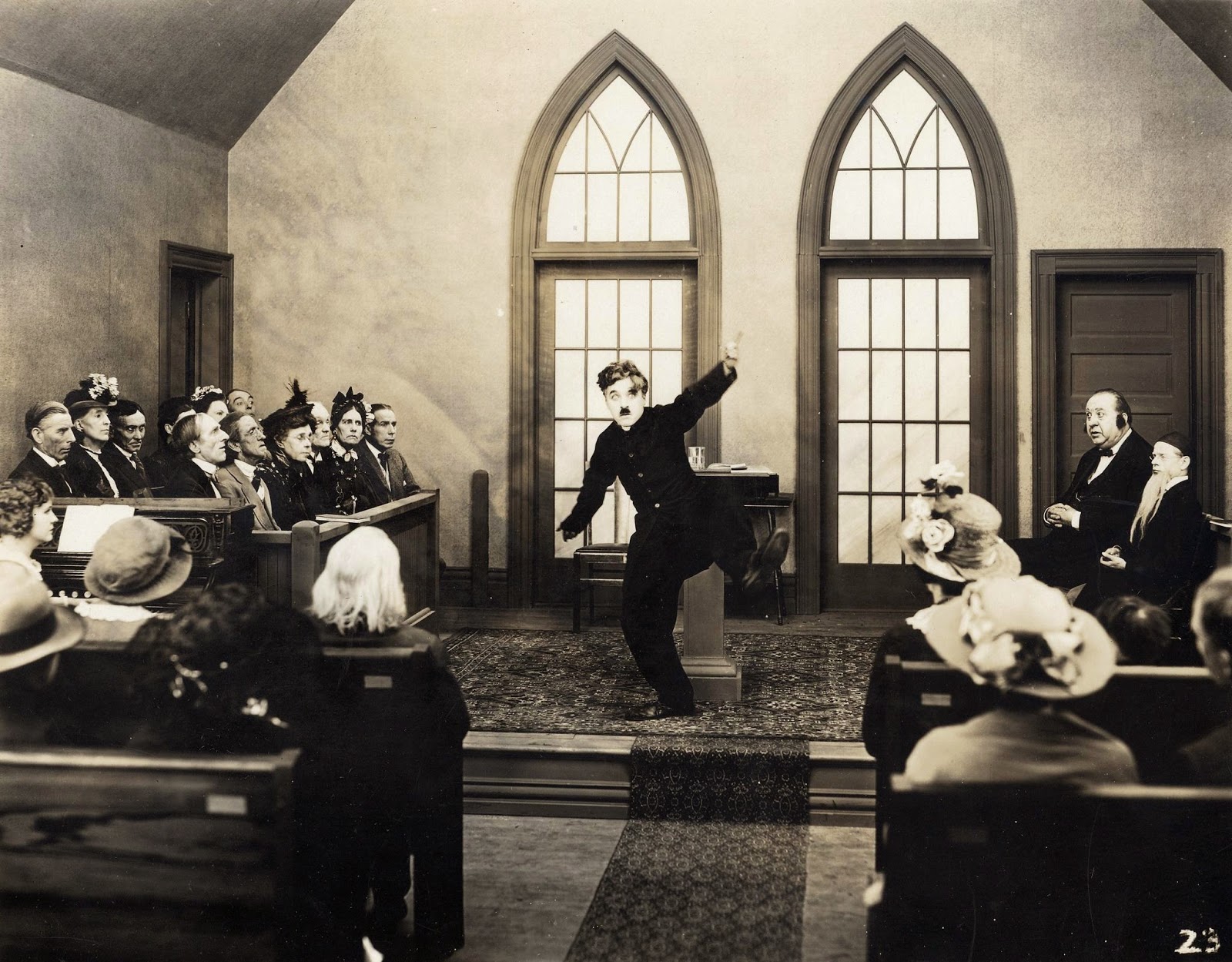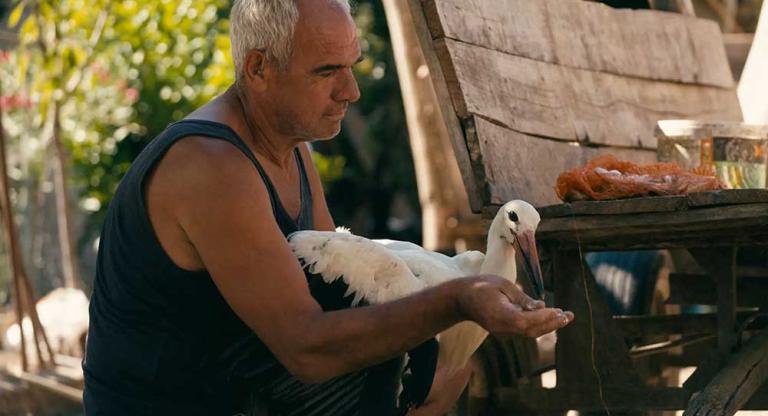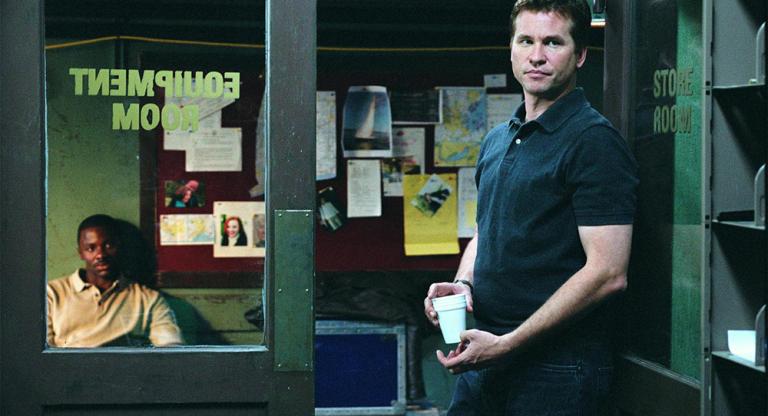Yves Jeuland’s Charlie Chaplin: Genius of Liberty (2020) builds on an idea that’s been developed by many biographers over the years, including both David Robinson and Jeffrey Vance: that his films are filled with details drawn from his personal experience, from the themes of family separation in The Kid (1921), the anxiety around public performance in The Circus (1928), or the music-hall milieu of Limelight (1952). Jeuland’s documentary illustrates Chaplin’s life story exclusively through archival material, most of which is taken from his own films.
The most significant film left out of this process was The Pilgrim (1923), though if Jeuland had wanted to emphasize the three months Chaplin spent in Niles, California making films for the Essanay Studio, where G.A. “Broncho Billy” Anderson ran an outpost long before it was incorporated into Fremont, this religious satire, arguably his only Western, could have been the go-to source. Except for the fact that Chaplin never appears in The Pilgrim as quite the character he played for decades after perfecting him in Niles-made films like The Champion (1915) and The Tramp (1915).
In The Pilgrim he starts off in prison stripes, and then, in a few quick cuts that were praised by Alfred Hitchcock for their economic storytelling, is shown to have stolen a bathing clergyman’s garb, exploiting the disguise’s convenience while striving to escape its responsibilities. He ditches a couple seeking an abettor to their elopement by escaping by rail to the fictional town of Devil’s Gulch, Texas. There, he’s mistaken for the new pastor of a modest church where at least one parishioner, Miss Brown (Edna Purviance, in her final role opposite Chaplin), has been hoping for an appointment just like him.
Chaplin behind a pulpit instigates one of his all-time great comic set-pieces. The film scholar Gilberto Perez put “his mock sermon on David and Goliath” on a short list, with the dancing rolls of The Gold Rush (1925), of “Chaplin’s peerless pantomimes.” Both scenes illustrate, without a single cut, camera movement, or interrupting intertitle, the performer’s full mastery of his body and his own image, while also under-lining themes found throughout each of his features; in this case, the resistance of one’s own nature.
Though often labeled a “short,” The Pilgrim was billed as Chaplin’s “latest full-length production” and “latest feature comedy” upon release; in the early ‘20s, four-reels were an acceptable feature-length, especially for comedies like Harold Lloyd’s A Sailor-Made Man (1921) or Buster Keaton’s Sherlock, Jr. (1924). If The Pilgrim’s status in this hinterland between short- and feature-length has stunted its status within Chaplin’s filmography, perhaps that’s also been compounded by the eerie resonances between the film’s international ending and the sad chapter that followed in Chaplin’s life a year later: the quiet beginning of his bitter second marriage to teenaged Lita Grey, a civil ceremony held in rural Mexico designed to minimize the inevitable press attention.
The Pilgrim and Charlie Chaplin: Genius of Liberty screen Friday night and Sunday afternoon, respectively, at the Niles Essanay Silent Film Museum as part of this year's Charlie Chaplin Days festival, running all weekend with tours, talks, a lookalike contest, and more.



